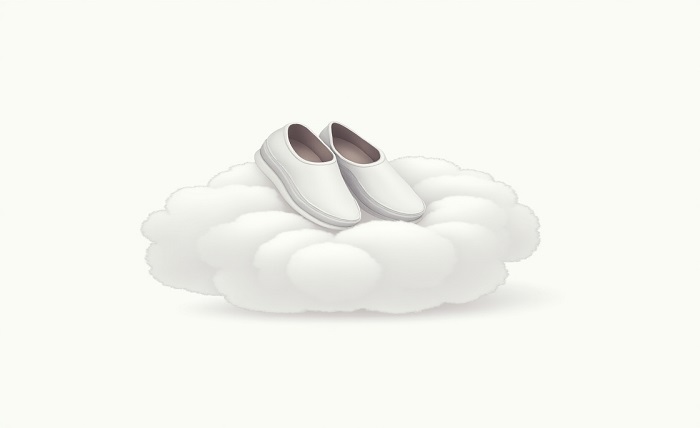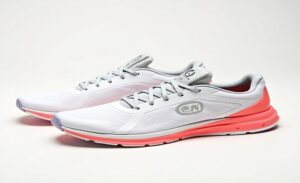Table of Contents
ToggleIntroduction
Fashion shows are more than just a parade of clothing; they are an immersive experience that blends art, culture, and creativity. One of the most crucial yet often overlooked aspects of a fashion show is the fashion show music. Music sets the tone, enhances the atmosphere, and can make or break the audience’s experience. In this comprehensive guide, we will explore the importance of fashion show music, how to choose the right tracks, and tips for crafting a soundtrack that complements your collection and captivates your audience.
The Role of Music in Fashion Shows
In fashion show music, music acts as the unnoticed bond between the emotional and visual components. It facilitates setting the tone, establishing a cadence, and coordinating the movements of the models with the presentation as a whole. The correct music can turn a show from an ordinary presentation into an unforgettable event, thus it’s crucial to the event’s success.
Understanding Your Fashion Show’s Theme
Selecting musical selections that correspond with the concept of your fashion show is essential for a cohesive display. The music selection for a fashion show music should reflect its theme, be it a study of streetwear culture, a celebration of avant-garde innovation, or a tribute to vintage fashions. Unconventional and experimental music can highlight the originality and ingenuity of the designs in an avant-garde performance. Conversely, nostalgic jazz or swing music would be ideal for a collection with a vintage feel.
Matching Music to the Collection
A fascinating show requires a strong connection between the fashion line and the music being displayed. The style, tone, and message of the collection should all be reflected in the music. For example, music from an orchestra or concert hall could accentuate the grandeur and refinement of exquisite evening attire. On the other side, more lively, modern music that reflects the carefree or exuberant atmosphere of the designs might work better with casual or streetwear collections.
The Impact of Tempo and Rhythm
The pace and energy of the event are directly influenced by tempo and rhythm, which are essential components of fashion show music. For high-end collections that highlight elegance and refinement, a slow tempo can create a calm and sophisticated ambience that is perfect. On the other hand, a faster tempo is appropriate for collections that are lively and dynamic since it can add excitement and vitality to the performance. To ensure that the aural and visual elements naturally synchronise, the music’s rhythm should be carefully selected to match the movements of the models and the show’s general flow.
Creating a Cohesive Playlist
A fashion show’s coherence and flow depend on a well-curated playlist. It should be planned to accommodate the event’s development, beginning with songs that establish the mood and progressively increasing in intensity to correspond with the collection’s evolution. The music in the playlist should flow naturally from one to the next, without abrupt changes that can throw off the audience’s experience. A well-planned playlist keeps the audience interested by offering a rhythmic and emotional journey that complements the visual presentation, while also enhancing the show’s subject components.
The Power of Original Compositions
Adding unique pieces to a fashion show music can give it a unique and customised feel that will make it stand out from other events. Creating original music with musicians or composers enables you to have a soundtrack that is specifically designed for your collection and theme. This method guarantees that the music is precisely in line with the designer’s vision while also giving the presentation an original touch.
Incorporating Sound Effects
The experience of a fashion show can be improved by sound effects, which add levels of ambience and auditory intrigue. Ambient noises and theme sounds are examples of subtle sound effects that can enhance the music and produce a richer, more immersive setting. For instance, urban soundscapes could accentuate a show centred on streetwear, while natural sounds could highlight a collection inspired by the outdoors. The secret is to employ sound effects sparingly, making sure they enhance rather than detract from the song.
Conclusion
A fashion show’s success can be greatly impacted by the use of music, which is a potent instrument. You may create a memorable fashion show music experience by paying attention to tempo, rhythm, and technology, as well as by comprehending the role of music and matching it to the collection. Whether you choose to use specially selected playlists or unique compositions, the important thing is to make sure the music enhances and complements the visual aspects so that the viewer is left with a lasting impression.
FAQ
What type of music is best for a high-fashion runway show?
Because it stresses refinement and elegance, classical or symphonic music is frequently perfect for a high-fashion runway presentation. The decision, meanwhile, may also be influenced by the particular theme and atmosphere you want to establish.
How can I avoid copyright issues with music for my fashion show music?
Use music that isn’t protected by copyright, or obtain the appropriate licencing for any tunes that are. Music licenced for commercial use is available on several platforms.
Can sound effects enhance a fashion show music?
Indeed, sound effects can improve the mood and make the experience more immersive. Just be cautious when using them, and make sure they enhance rather than overshadow the song.








